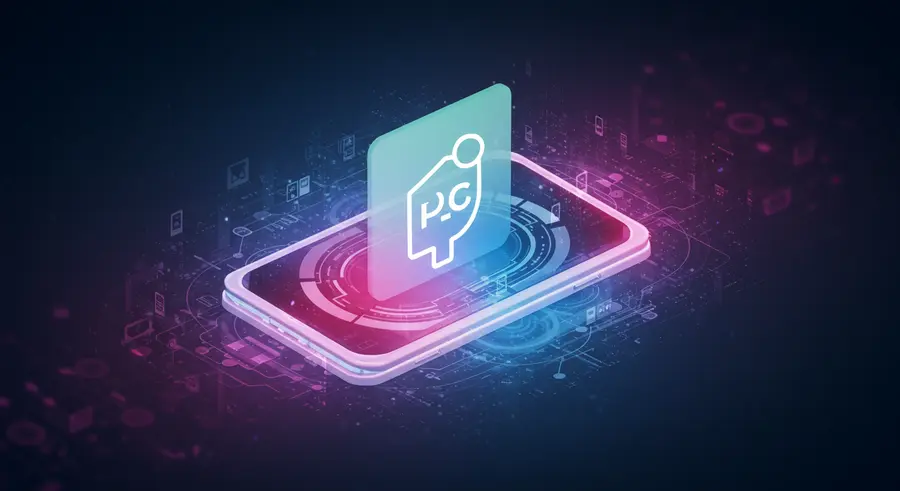Appearance

Welcome, web enthusiasts! 👋 In today's dynamic digital landscape, keeping users engaged and informed is paramount. Traditional websites often struggle to re-engage users once they leave, but Progressive Web Apps (PWAs) are changing this game. One of the most powerful features that bridges the gap between web and native applications in PWAs is Push Notifications.
Push notifications allow your web application to send timely, relevant messages to users, even when they are not actively using your PWA. This capability transforms your PWA from a passive website into an active communication channel, much like a native mobile app.
🚀 Why PWA Push Notifications Are a Game-Changer
The integration of push notifications in PWAs brings a plethora of benefits for both users and businesses:
- Increased User Engagement & Retention: Imagine sending a personalized alert about a new product, a flash sale, or an important update directly to your user's device. This direct line of communication keeps your PWA top-of-mind and encourages repeat visits.
- Enhanced User Experience: Users receive timely and relevant information without needing to open the app. This creates a seamless and convenient experience, fostering a sense of connection with your brand.
- Offline Functionality & Re-engagement: Even when users are offline, PWAs can cache content. When they come back online, push notifications can deliver updates, reminding them of new content or actions they might have missed.
- Cost-Effective Marketing Channel: Forget expensive SMS campaigns or email marketing that often gets lost in spam folders. PWA push notifications offer a direct, affordable, and highly effective way to reach your audience.
- Reduced Friction & No App Store Hassle: Users don't need to download anything from an app store. They simply grant permission in their browser, and your PWA can start sending notifications. This significantly lowers the barrier to entry.
- Real-time Updates: Deliver critical information instantly, whether it's breaking news, live scores, order confirmations, or appointment reminders.
🤔 Navigating the Challenges of PWA Push Notifications
While the benefits are compelling, implementing push notifications effectively requires careful consideration:
- Permission Fatigue: Users are often bombarded with permission requests. It's crucial to request permission at an opportune moment and clearly explain the value proposition of receiving notifications. Don't ask immediately on page load!
- iOS Limitations: As of now, iOS has some restrictions on PWA features, including certain aspects of push notifications (e.g., background sync is still limited). Always test thoroughly across different devices and browsers.
- Over-notification: Sending too many notifications, or irrelevant ones, can lead to users revoking permissions or even uninstalling your PWA. Quality over quantity is key.
- Backend Complexity: Setting up the server-side infrastructure to send and manage push notifications can be complex, involving Push API, Service Workers, and VAPID keys.
💡 Best Practices for Stellar PWA Push Notifications
To maximize the impact and avoid pitfalls, follow these best practices:
- Timely & Relevant Requests: Ask for notification permission when the user is about to perform an action that clearly benefits from notifications (e.g., after completing a purchase for order updates, or subscribing to content).
- Personalization is Power: Tailor messages based on user behavior, preferences, and demographics. A personalized notification is far more effective than a generic one.
- Segment Your Audience: Don't send the same message to everyone. Segment your users based on their interests, activity level, or location to deliver highly targeted content.
- Optimal Timing: Analyze user data to understand when your users are most active and receptive to notifications. Avoid sending notifications in the middle of the night unless they are critical.
- Concise & Clear Messaging: Get straight to the point. Notifications have limited space, so use clear, concise language and a strong call to action. Emojis can add personality and engagement!
- Provide Value: Every notification should offer clear value to the user. Whether it's an update, a helpful tip, or an exclusive offer, ensure it's something they want to receive.
- Allow Customization: Give users control over the types of notifications they receive through preferences within your PWA. This empowers them and reduces the likelihood of them opting out entirely.
- A/B Test Your Notifications: Experiment with different message content, timing, and calls to action to see what resonates best with your audience.
🔗 Explore More about PWAs!
Push notifications are just one facet of the powerful Progressive Web App ecosystem. To learn more about how PWAs are transforming the web, delve into our comprehensive guide: The Power of Progressive Web Apps (PWAs).
By strategically implementing push notifications, your PWA can build stronger relationships with your users, drive re-engagement, and significantly enhance the overall user experience. Embrace the future of web engagement! 🚀